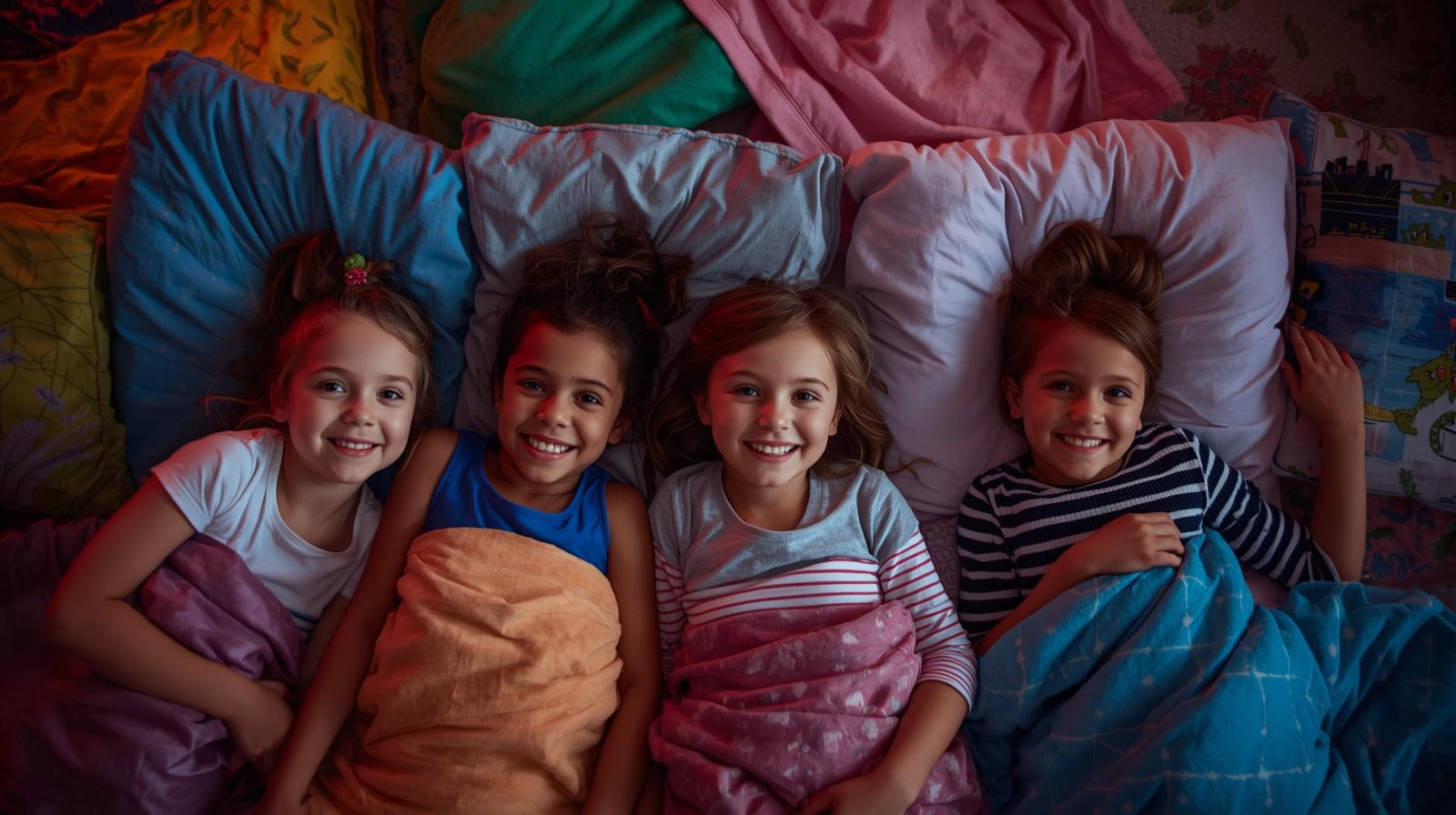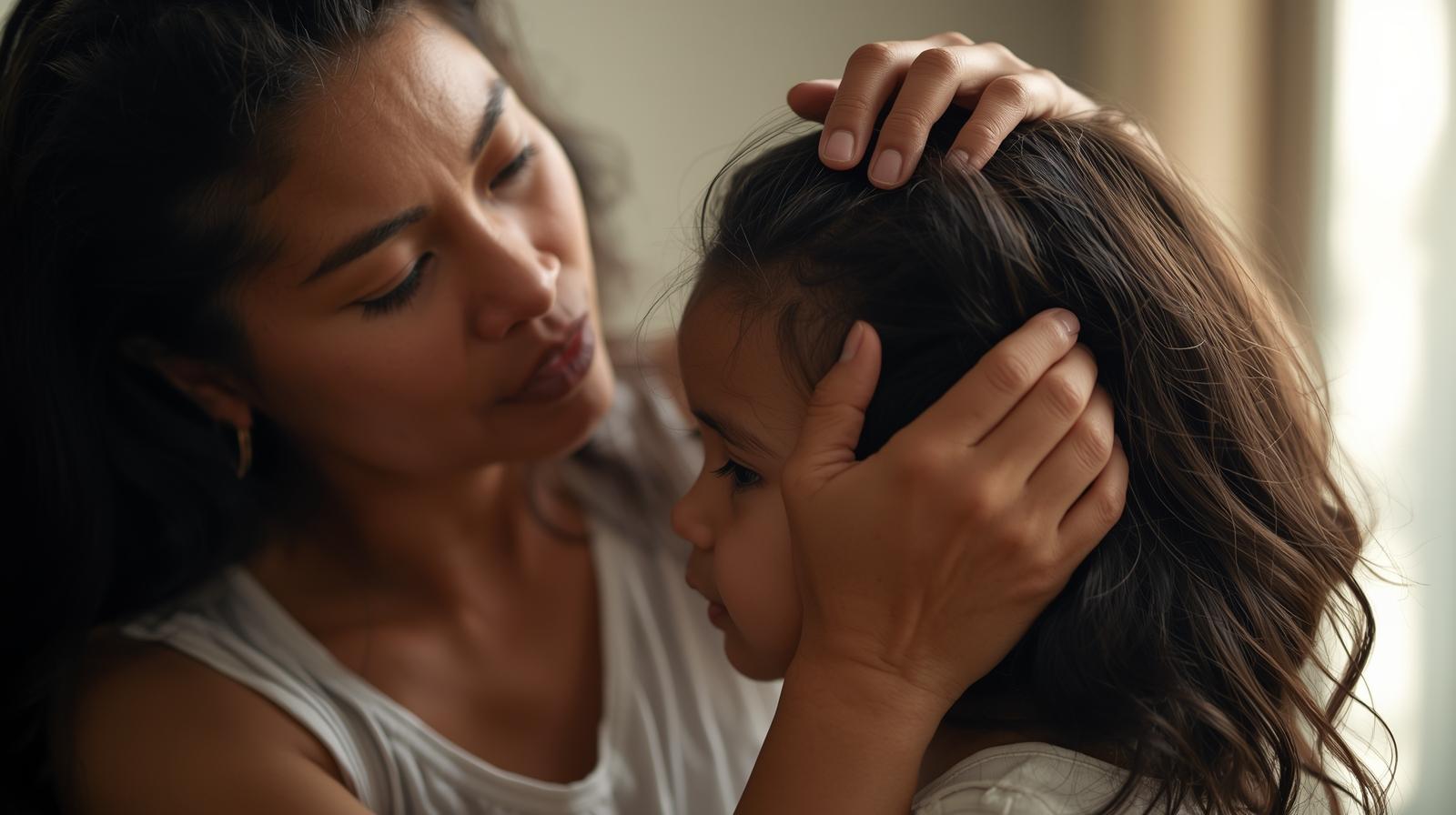If you have ever sent your child back to school after a long break and then found yourself dealing with an itchy scalp, frantic combing sessions, or urgent calls to your local lice service, you are definitely not alone. School is one of the biggest hubs for head lice, and cases almost always spike right after holidays and extended time off. Winter break, spring break, summer vacation, long weekends, you name it. When kids go back, lice often go with them.
This can feel frustrating and confusing, especially if you feel like you just got your home back to normal. The good news is that there are clear reasons why lice behave this way, and once you understand the pattern, it becomes much easier to stay ahead of them. Consider this your friendly guide to understanding why lice outbreaks often occur after school breaks, what is happening behind the scenes, and how you can protect your child.
LiceDoctors has treated hundreds of thousands of families across the country, and the pattern is the same everywhere. Lice love the combination of relaxed routines, close contact, and group reunions that happen around school calendars. So if it feels like lice always hit at the most inconvenient time, it is not your imagination. There is a rhythm to it, and you can work with that rhythm instead of feeling blindsided by it.
1. Kids Spend More Time in Close Contact During Breaks
One of the biggest reasons lice become more common after school breaks has to do with how kids spend their time. During regular school weeks, children are often in structured settings. They have designated seats, organized activities, and a predictable routine. During breaks, that structure fades. Kids often spend long hours at sleepovers, camps, playdates, family gatherings, road trips, and group events where their heads are closer together than you might realize.

Sleepovers
Sleepovers are one of the top sources of lice transfer during breaks. Kids share blankets, swap pillows, lie on the floor together, or lean close while watching movies. Even though lice cannot jump or fly, they move fast on hair. When heads touch, lice can crawl across in seconds.
Sleepovers feel innocent and fun, so kids let their guard down. They might rest their heads together while taking selfies or watching a show. They might even share hair ties or brushes without thinking twice. Lice loves that kind of environment.
Cousin time and family gatherings
Breaks are often full of family events. Kids who do not see each other regularly end up playing together for hours. They tumble on the carpet, hug each other, or lean close while showing a toy or tablet. If just one child has an active case, it can spread quickly.
Travel and shared spaces
Whether your family stays in a hotel, stays with relatives, or goes on a group trip, there is usually more sharing of beds, couches, and car seats. While lice do not survive long away from the scalp, they survive long enough to catch a ride when heads come close during naps, games, or travel boredom.
2. Breaks Give Lice Time to Spread Undetected
During school weeks, parents tend to keep a closer eye on their child's hair because they are more aware of potential exposure. School nurses might catch cases, teachers may send home reminders, or parents may check after hearing about an outbreak.
During breaks, that awareness fades. Families relax, routines shift, and lice have time to multiply quietly. A single bug or a handful of nits before break can turn into a full colony by the time school resumes.
Why this matters
Lice multiplies quickly. A female louse lays up to ten eggs a day. Those eggs hatch in about a week, and the new lice mature soon after. A break that lasts ten days gives lice enough time to grow from a few unnoticeable bugs into a full infestation.
By the time the child returns to school, the lice population is larger and more contagious. When they reunite with friends, the infestation spreads from one child to another much faster.
3. Kids Reunite After Breaks, Which Helps Lice Travel
The first days back at school are full of excitement. Kids hug, whisper secrets, compare vacation stories, crowd around lockers, and sit shoulder to shoulder during group activities. All that closeness makes head-to-head contact more likely.
New lice meet new hosts
If children pick up lice during break, they bring them to school on day one. Lice that spread quietly among cousins or friends now enter a large group setting. A classroom or playground becomes a perfect environment for lice to pass from head to head.
Early-break cases spread mid-break cases spread late-break cases
There is usually a wave effect. A child who got lice early in the break may have spread them to friends during week two. Those friends bring them to school and then pass them on to classmates. That means schools get hit by cases that began in many different homes. By the end of the first or second week back, the number of calls for lice checks usually rises.
4. Families Often Mistake Early Lice for Dry Scalp or Dandruff
During winter and sometimes early spring, dry air can make scalps itchy. Parents may assume flakes or itching are just seasonal dryness, especially during winter breaks. It is easy to brush it off, especially if families are traveling or busy.
The problem is that early lice can look similar. Nits are small, white, and sometimes mistaken for flakes. They stick firmly to hair, but unless you know what to look for, it can be hard to tell the difference. By the time the itching becomes obvious, lice have already multiplied.
This misunderstanding allows lice to gain a foothold during breaks, leading to bigger outbreaks when school resumes.

5. Sharing Personal Items Happens More During Breaks
While lice primarily spread from head to head, sharing personal items can contribute to the problem. Breaks encourage more sharing because kids are relaxed, creative, and hanging out in less structured settings.
Common items kids share without thinking
- Hats and caps
- Headbands
- Brushes or combs
- Hair ties or scrunchies
- Helmets for biking or skating
- Pillows and blankets during sleepovers
- Stuffed animals, especially during play or nap time
These items may not be the main cause of transmission, but they increase the chance of lice traveling when children are already in close contact.
6. Lice Thrive When Families Are Busy and Distracted
Breaks can be joyful, but they can also be exhausting. Parents juggle travel, cooking, childcare, holiday plans, and work. Screen time might increase. Bedtime routines shift. Kids may wear the same hair accessories for days or go longer between hair-brushing sessions.
This creates ideal conditions for lice to grow unnoticed. By the time the family settles back into the school routine, the infestation has already taken hold.
7. Many Parents Treat Lice With Ineffective Products
During breaks, families try to handle lice quickly and quietly. Over-the-counter lice treatments promise fast results, but many of them no longer work. Lice have evolved resistance to common chemicals, and many parents do not realize this.
This leads to situations where parents think they have eliminated lice, but in reality, the bugs survive. The infestation continues to grow through the rest of the break, and children return to school still contagious.
Professional lice services like LiceDoctors use all-natural methods that physically remove lice and nits, which is why they remain effective even when chemical treatments fail.
8. Why Lice Are Not a Sign of Being Unclean
One of the hardest parts of dealing with lice is the lingering myth that lice only affect dirty hair or unclean homes. That myth is absolutely false. Lice prefer clean hair because it is easier to grip. They do not jump, fly, or care about household cleanliness. They care about one thing: finding another warm scalp to live on.
During breaks, families often spend time around people they do not see every day, and some may hesitate to mention lice out of embarrassment. This silence allows lice to spread more widely. LiceDoctors always remind families that lice have nothing to do with poor hygiene. They affect everyone equally. Removing shame from the conversation helps stop lice faster.
9. What You Can Do Before Breaks to Lower the Risk
While you cannot control every factor, there are simple steps that help reduce the odds of lice spreading during breaks.
Do a quick head check before school lets out
Catching a few early nits is much easier than managing a full infestation. A quick inspection before a break helps you know whether your child is starting the vacation lice-free.
Teach kids the no-head-touching rule
Explain that lice need heads to touch. You do not need to scare them. A simple “Keep some personal space when playing” is enough.
Tie back long hair
For children with long hair, a snug ponytail, braid, or bun makes it harder for lice to grab on.
Use a light, natural repellent spray
Some families use sprays with essential oils like tea tree, mint, or rosemary. These do not guarantee protection, but they may help reduce exposure.
Pack personal items for sleepovers
Send a pillowcase, comb, and blanket. Kids are more likely to use their own things if they are already available.
10. What You Can Do Right After Breaks to Catch Lice Early
Post-break checks are one of the most effective ways to stop lice before they spread at school.
Do a slow detangling comb-through
You do not need special tools. Even a regular brush can help you spot suspicious flakes or movement.
Look behind the ears and at the nape of the neck
These warm, hidden spots are the most common hiding places.
Use good lighting
Natural light near a window works best.
If you see something that looks like a nit, do not panic
A nit stuck to the hair shaft does not mean you did anything wrong. It just means you caught the problem early, which is great news.
11. When to Call a Professional
Many parents try to tackle lice themselves and then spend hours and hours battling tiny bugs that keep coming back. LiceDoctors has seen it all, and most families say they wish they had called sooner.
You should consider professional help if:
- You have trouble identifying what you are seeing
- The infestation has been around for more than a week
- Over-the-counter treatments did not work
- You feel overwhelmed
- More than one family member is itching
- Your child has very thick or curly hair that is hard to check
LiceDoctors uses natural, chemical-free treatment that removes every visible louse and nit. This stops the cycle fast and gives families peace of mind. The service comes to your home, which is especially helpful after busy breaks.
12. The Emotional Side of Post-Break Lice Outbreaks
Few things stress parents out like lice. After a break, families are often juggling laundry, school prep, homework routines, and early mornings again. Adding lice to the mix can feel like too much.
It helps to remember three things:
- Lice are extremely common.
- Lice does not mean your family did anything wrong.
- Lice are fixable.
Kids can sense when parents are stressed, and they may blame themselves. A calm, reassuring approach helps everyone. Something as simple as, “This happens to lots of families and we will handle it,” goes a long way.
13. Why Schools See the Biggest Spike in September and January
If you ask any school nurse or lice professional, they will tell you the two busiest times of the year are right after summer break and right after winter break.

Summer break spike
Summer is full of:
- Camps
- Swimming
- Cousin meetups
- Sleepovers
- Travel
- Vacations
Kids spend far more time in close contact–they may go longer between hair washes or brushing, and families are busy. By the time the first day of school arrives, lice have had two or three months to spread quietly.
Winter break spike
Winter break is shorter than summer, but it is intense. Kids spend a lot of time indoors, crowded together in heated rooms where lice thrive. Cold weather makes scalps dry, which disguises early itching. Families hop from party to party or from house to house. It adds up.
This is why January and September often produce the biggest waves of lice calls. LiceDoctors teams across the country see the same pattern every year.
14. How LiceDoctors Helps Families After Breaks
Many families call LiceDoctors right after school resumes because they want fast, reliable help. The service sends a trained technician to your home. They check every family member and use a proven technique that focuses on physical removal, not harsh chemicals.
This matters because lice evolve quickly, but they cannot outsmart a thorough manual process. Once every visible louse and nit is removed, the infestation cannot continue.
Families love that treatments are private, comfortable, and tailored to each child. It takes the stress out of the situation and gets everyone back to normal faster.
15. Tips for Talking to Other Parents Without Feeling Awkward
Lice can spread quietly when parents do not want to talk about it. A simple heads-up to close contacts helps everyone.
Here are friendly ways to word it:
- “Just wanted to let you know we found lice today. You may want to check your kids, just in case.”
- “Looks like lice made their way into our house after break. You might want to do a quick check.”
- “We handled a lice case this week. No stress, but figured I should tell you.”
Most parents respond with relief and appreciation. Many have been through it themselves.
16. Key Takeaways for Parents
If you skim everything else, here is what matters most:
- Lice spreads more during breaks because kids are in closer contact.
- Lice multiply quietly when routines are relaxed.
- Kids reunite at school and bring their break exposure with them.
- Post-break lice spikes are completely normal and not a sign that anyone did something wrong.
- A quick check before and after breaks makes a big difference.
- Professional help can save hours of frustration and stop the cycle quickly.
You do not have to dread school breaks or the weeks that follow. With a little awareness and a few simple habits, you can keep lice from taking hold in the first place.
Final Thoughts
Lice are annoying, but they are not dangerous, and they are not a reflection of cleanliness or parenting. They are simply a fact of childhood. Once you understand why lice become more common after school breaks, you can approach the situation with confidence instead of stress.
If you ever feel unsure, overwhelmed, or just ready for someone else to take over, LiceDoctors is always ready to help. A calm professional can check your family, remove the lice, support you through the process, and give you the peace of mind you deserve.
Breaks are meant to be fun. Lice do not have to change that.




.webp)
